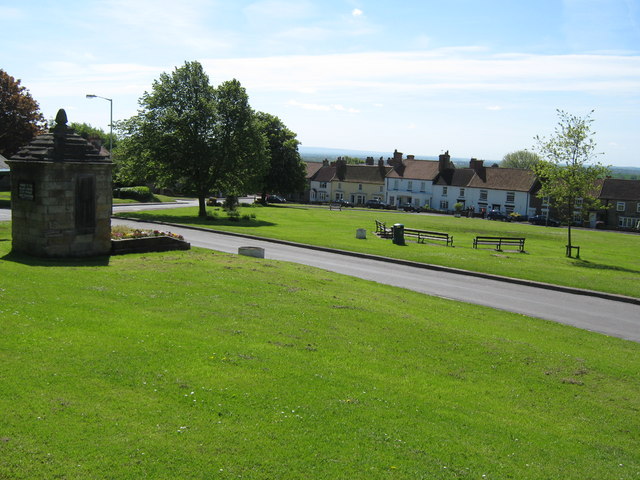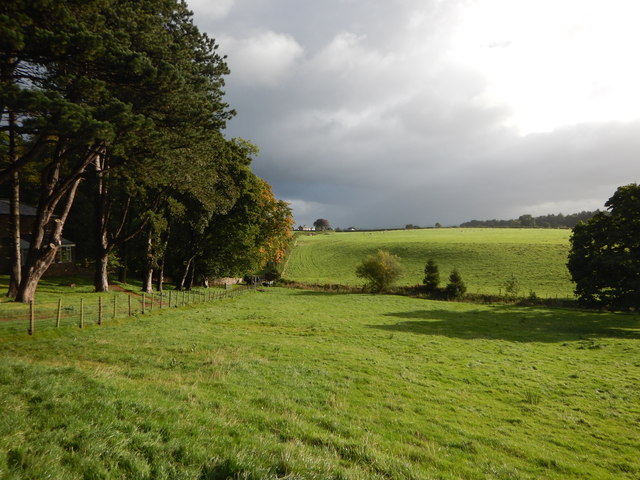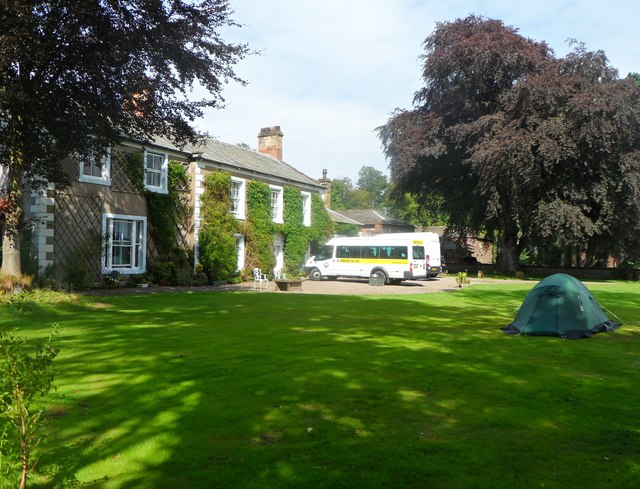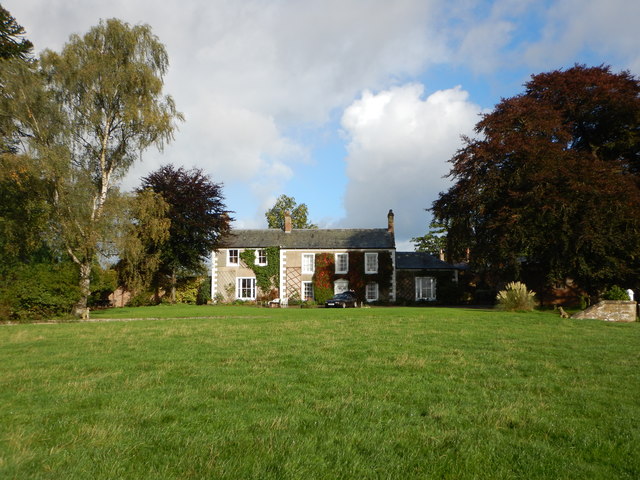Topics > Tees Valley > Civil Parishes in Tees Valley > Heighington Civil Parish > Heighington Parish, 1848
Heighington Parish, 1848
HEIGHINGTON (St. Michael), a parish, in the unions of Darlington and Auckland, S. E. division of Darlington ward, S. division of the county of Durham; containing, with the townships of Coatsamoor, Killerby, Redworth, School-Aycliffe, and Walworth, 1,347 inhabitants, of whom 695 are in the township of Heighington, 6½ miles (N.N.W.) from Darlington. This parish, anciently Hetchinton, comprises by measurement 8,215 acres, of which about two-thirds are arable, and the remainder meadow and pasture, with a small portion of woodland. The substratum abounds with good limestone, of which great quantities are procured, and conveyed by the Darlington railway, which is joined at Sim-Pasture farm, in this parish (where is a station), by the Clarence railway, from the river Tees near Haverton Hill. The village is situated on elevated ground, and commands very extensive views, bounded by the Cleveland hills; the air is remarkably salubrious, and the place distinguished for the longevity of its inhabitants: water is supplied by pipes from a distance of a quarter of a mile. The living is a vicarage, valued in the king's books at £12. 14. 9½.; patrons and appropriators, the Dean and Chapter of Durham: the vicarial tithes have been commuted for £322. The church is an ancient structure, of which the body and the tower are of Norman architecture: the aisle is of later date; and in 1841 the whole of the interior was renewed, and eight handsome windows of a uniform style inserted, at an expense of £500. There is a place of worship for Wesleyans. The free grammar school was founded in 1601, by Elizabeth Jennison, of Walworth, who endowed it with £10 per annum; the income is now £52. 10., arising from endowments by the Rev. Edward Kirby, vicar of the parish, in 1697, and the Bishop of Durham in 1724. A mount here is supposed to have been the site of a Roman encampment. Catesby, one of the conspirators in the Gunpowder plot, resided at Midridge Grange, in the parish.
Extract from: A Topographical Dictionary of England comprising the several counties, cities, boroughs, corporate and market towns, parishes, and townships..... 7th Edition, by Samuel Lewis, London, 1848.

Co-Curate Page
Walworth Township, 1848
- WALWORTH, a township, in the parish of Heighington, union of Darlington, S.E. division of Darlington ward, S. division of the county of Durham, 4½ miles (N.W.) from Darlington; containing 152 …

Co-Curate Page
Killerby Township, 1848
- KILLERBY, a township, in the parish of Heighington (though entirely surrounded by the parishes of Gainford and Staindrop), union of Darlington, S.E. division of Darlington ward, S. division of the …
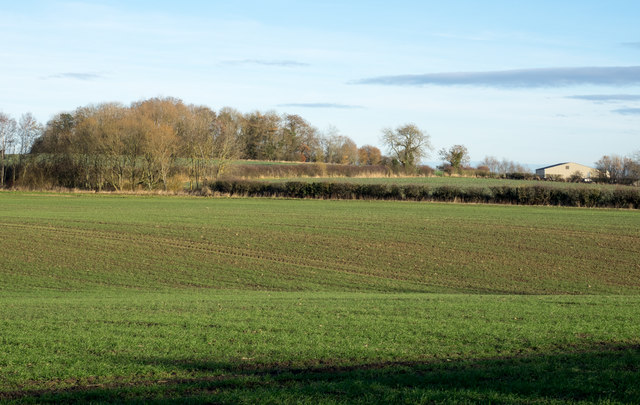
Co-Curate Page
Coatsay Moor
- COATSAMOOR, or Coatsay-Moor, a township, in the parish of Heighington, union of Darlington, S. E. division of Darlington ward, S. division of the county of Durham, 5½ miles (N.N.W.) from …
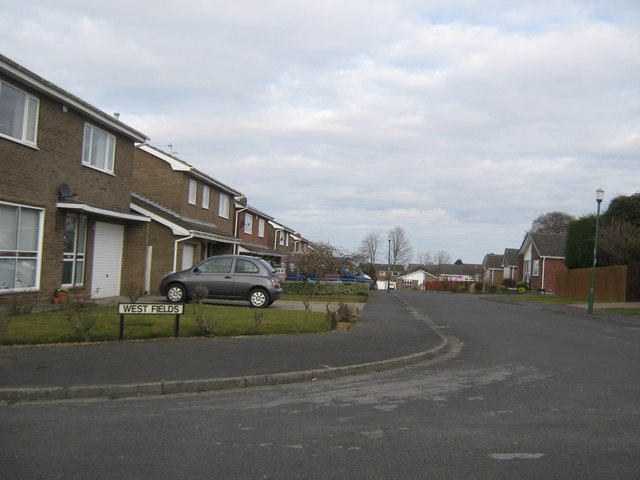
Co-Curate Page
School Aycliffe
- Overview About School Aycliffe Map Street View School Aycliffe is a village, partly in County Durham and in the Borough of Darlington. It is located about ¼ mile south-west of …
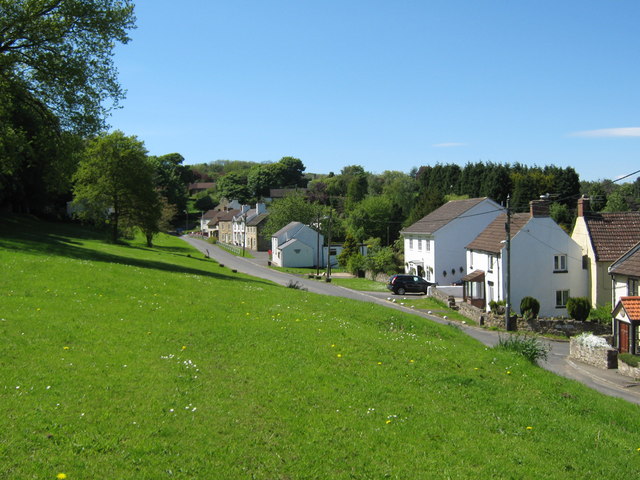
Co-Curate Page
Redworth
- Overview About Redworth Map Street View Redworth is a village in the Borough of Darlington in Tees Valley, and in the ceremonial county of County Durham. Redworth Hall dates from …
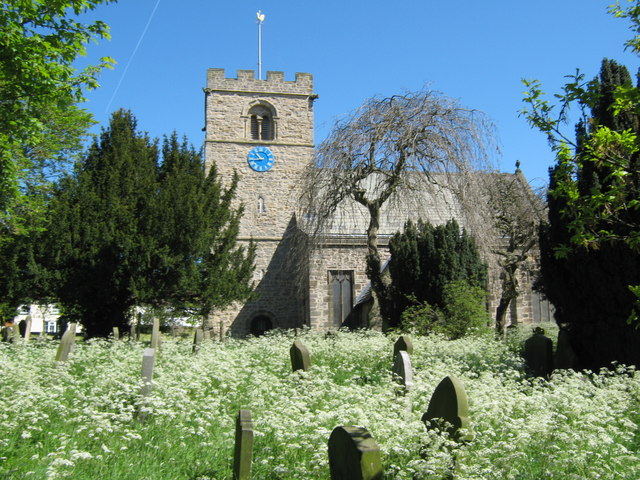
Co-Curate Page
Church of St Michael, Heighington
- Overview Map Street View St Michael's is the parish church in Heighington, County Durham. The present church was built c.1130 AD, over the remains on an even earlier Anglo Saxon …


Co-Curate Page
Walworth Township, 1848
- WALWORTH, a township, in the parish of Heighington, union of Darlington, S.E. division of Darlington ward, S. division of the county of Durham, 4½ miles (N.W.) from Darlington; containing 152 …

Co-Curate Page
Killerby Township, 1848
- KILLERBY, a township, in the parish of Heighington (though entirely surrounded by the parishes of Gainford and Staindrop), union of Darlington, S.E. division of Darlington ward, S. division of the …

Co-Curate Page
Coatsay Moor
- COATSAMOOR, or Coatsay-Moor, a township, in the parish of Heighington, union of Darlington, S. E. division of Darlington ward, S. division of the county of Durham, 5½ miles (N.N.W.) from …

Co-Curate Page
School Aycliffe
- Overview About School Aycliffe Map Street View School Aycliffe is a village, partly in County Durham and in the Borough of Darlington. It is located about ¼ mile south-west of …

Co-Curate Page
Redworth
- Overview About Redworth Map Street View Redworth is a village in the Borough of Darlington in Tees Valley, and in the ceremonial county of County Durham. Redworth Hall dates from …



